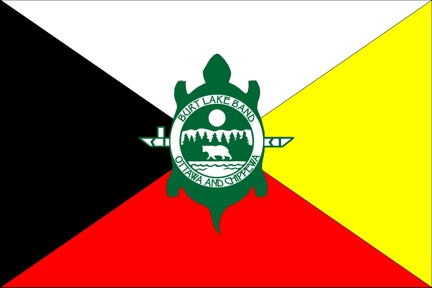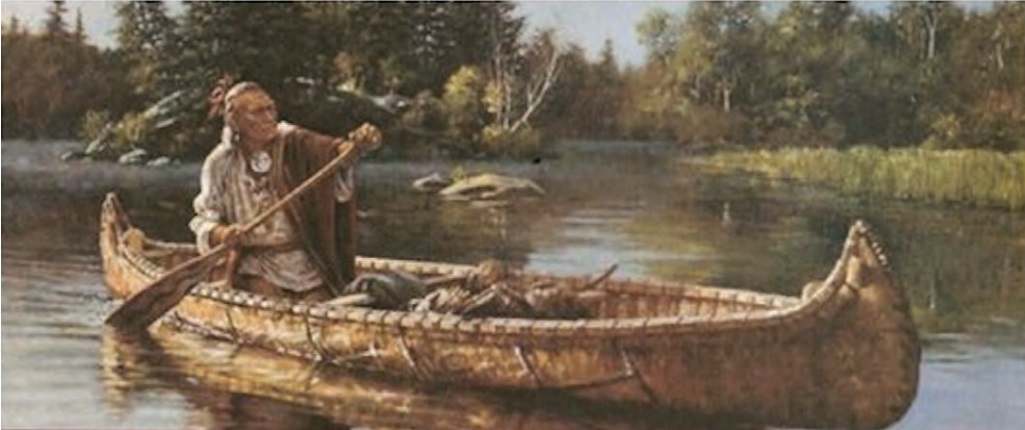By Richard Wiles
The full article can be found here.
https://gwoodazure.blob.core.windows.net/areahistoryfiles/cheboiganing%20bands_wiles.pdf
Dr. Charles Cleland, retired Michigan State University Professor of Anthropology, and author of the book, “Rites of Conquest,” stated that the northwestern Michigan’s “Traverse Corridor” was used by early Native Americans beginning thousands of years ago. The “Corridor,” from Grand Traverse Bay to the Mackinac Straits, and inland along the natural waterway from Little Traverse Bay northeast to the Cheboygan River (and into Lake Huron), was home to a Woodland Indian canoe culture. Artifacts of that culture have been discovered dating back to 8,000 B.C.
The first people in the Tip of the Mitt area were mostly summer visitors, coming south from Canada, and north from the Ohio Valley, in an annual warm-season migration. Once here, they would use birch bark canoes to fish along the Upper Great Lakes shoreline, and the many inland lakes of the region. They would hunt, gather, and grow crops in their summer villages. The first known permanent village of the Tip of the Mitt, where its residents remained during all months of the year, was the settlement on Lake Tobogganing (now Burt Lake), near the opening of the Maple River.
The word “cheboiganing” is an Algonquin language term for passing through, or passageway. Native American’s traveling the river highway by canoe from Lake Michigan inland, through a series of rivers and lakes, would pass through Lake Cheboiganing (now Burt Lake) on their way to Lake Huron (or vice versa). By traveling the inland water route, the birch bark canoers escaped the treacherous waters of the Straits of Mackinac. By the early 1770s, the Tip of the Mitt region was home to various bands of Native Americans. They had migrated west from the eastern areas of North America

